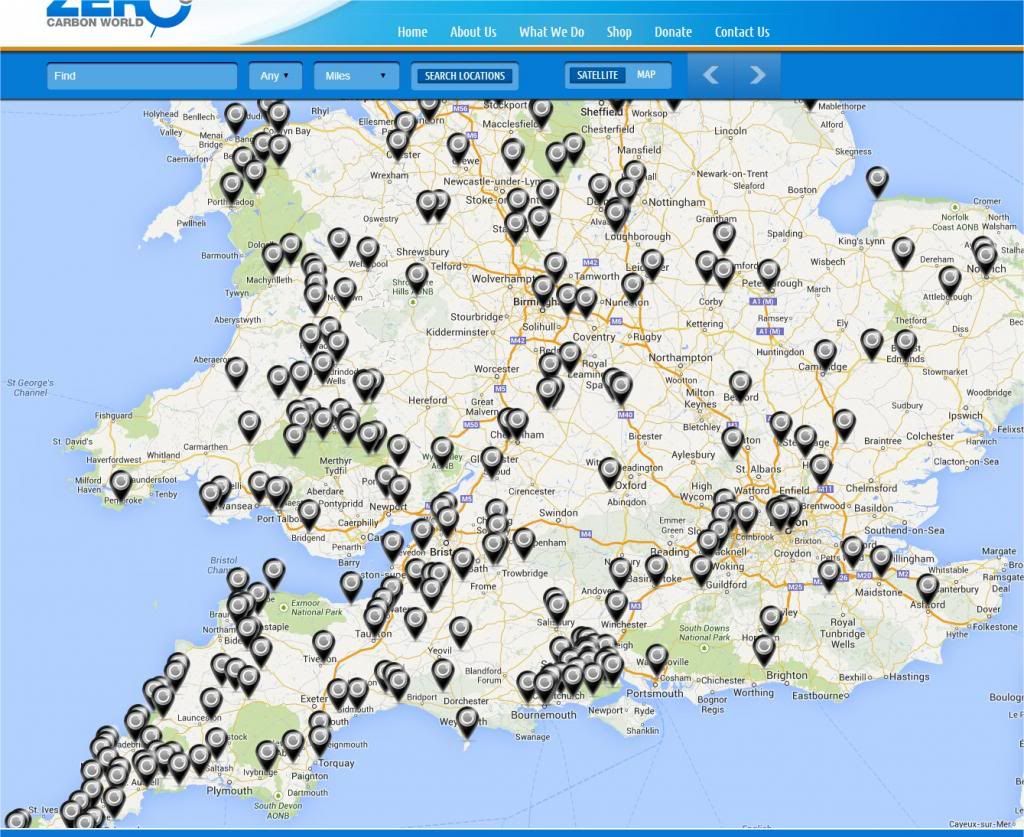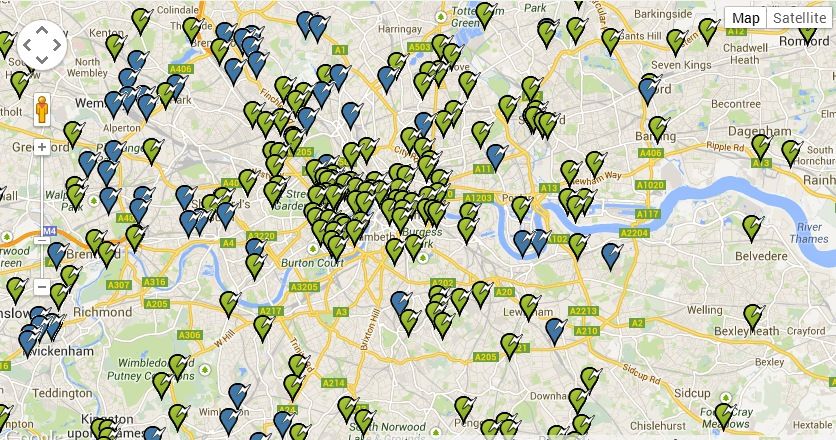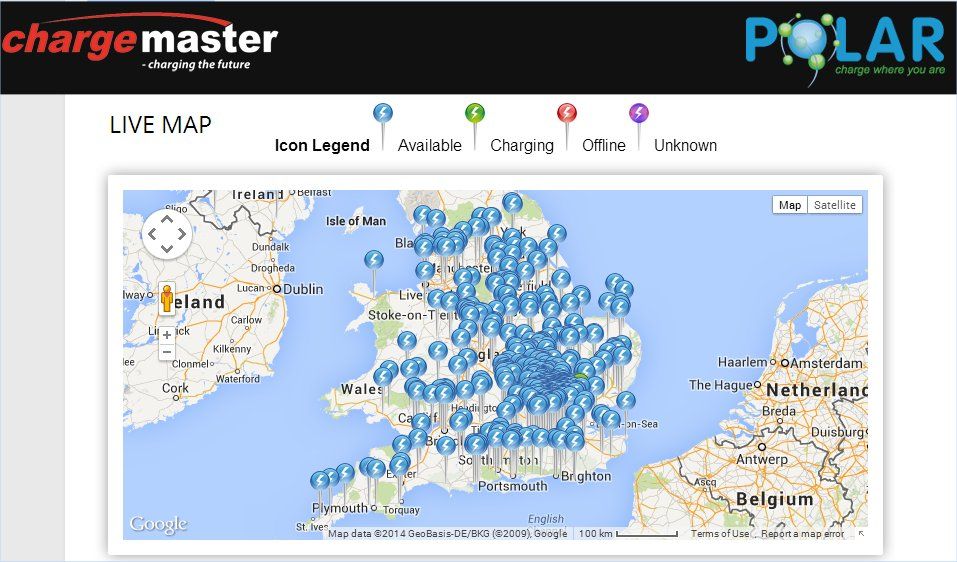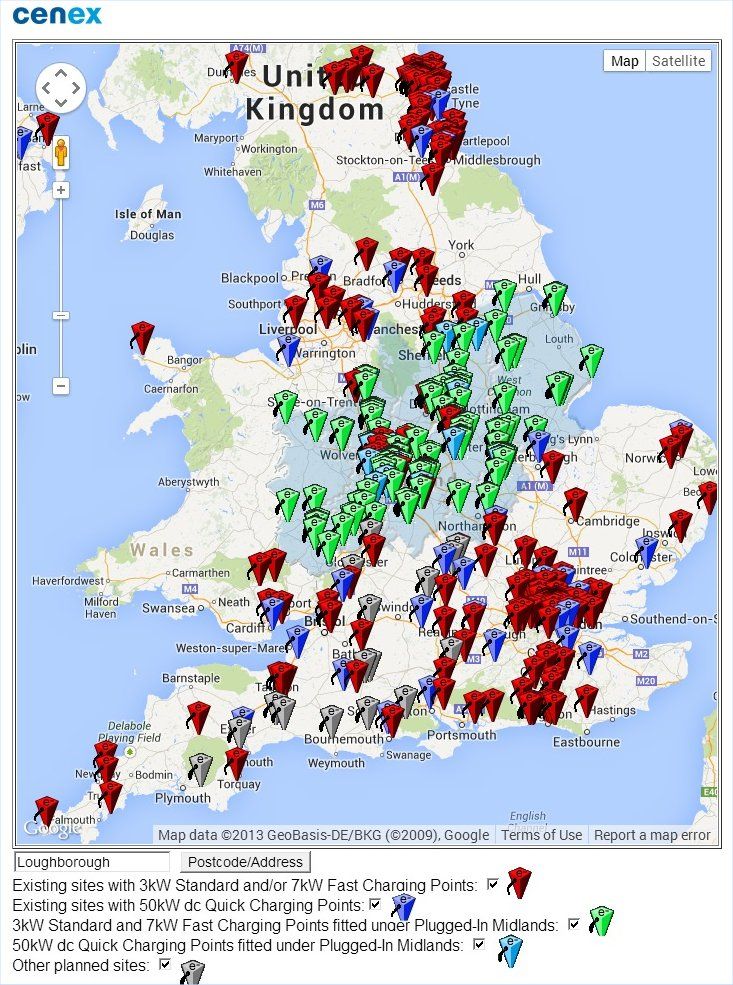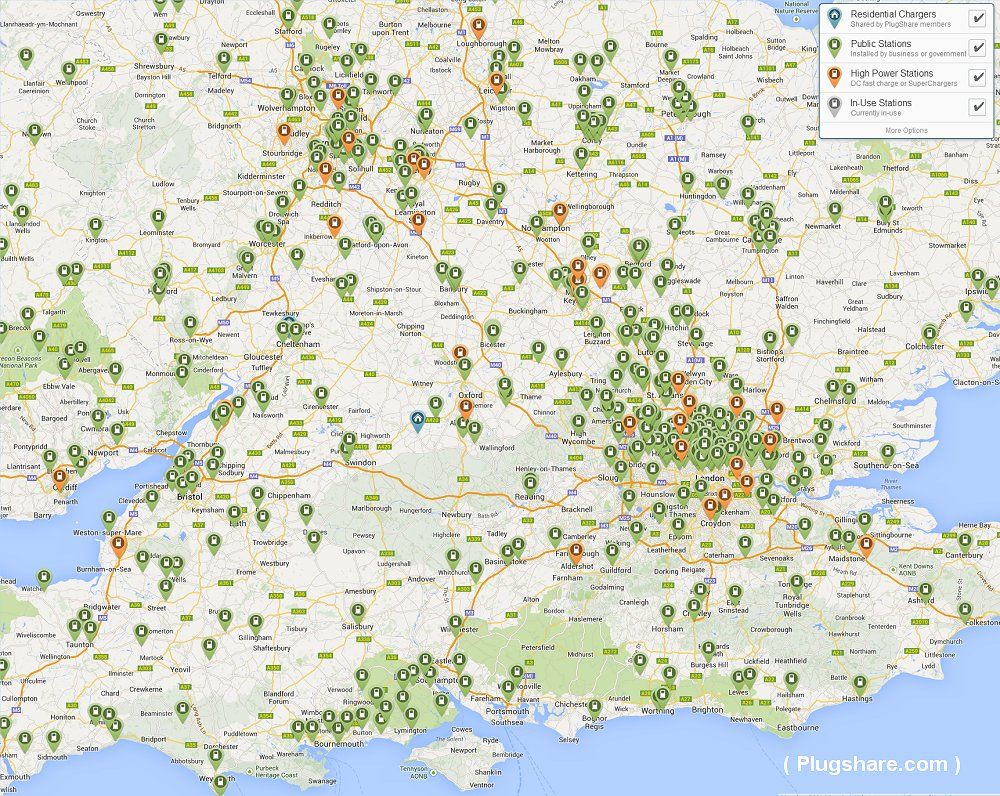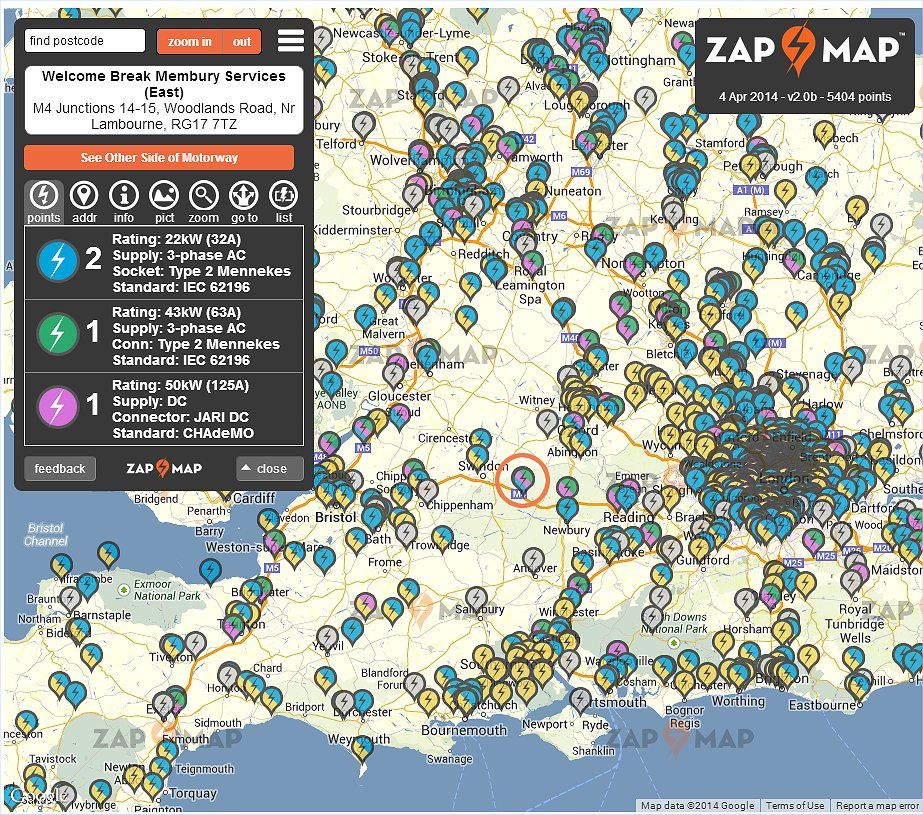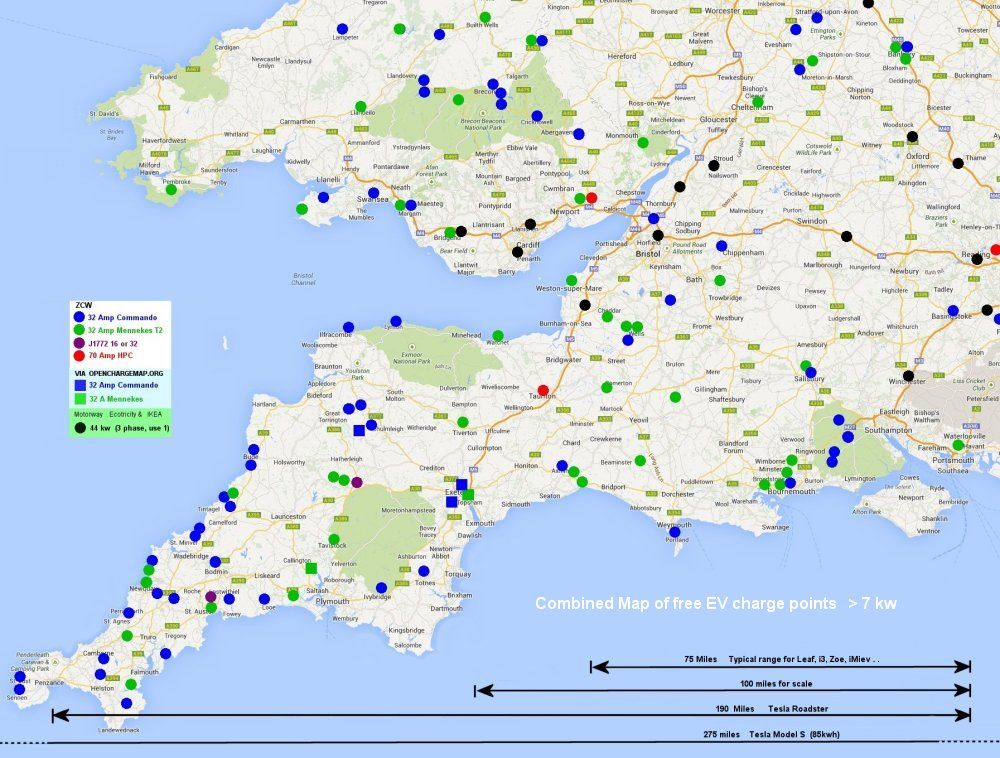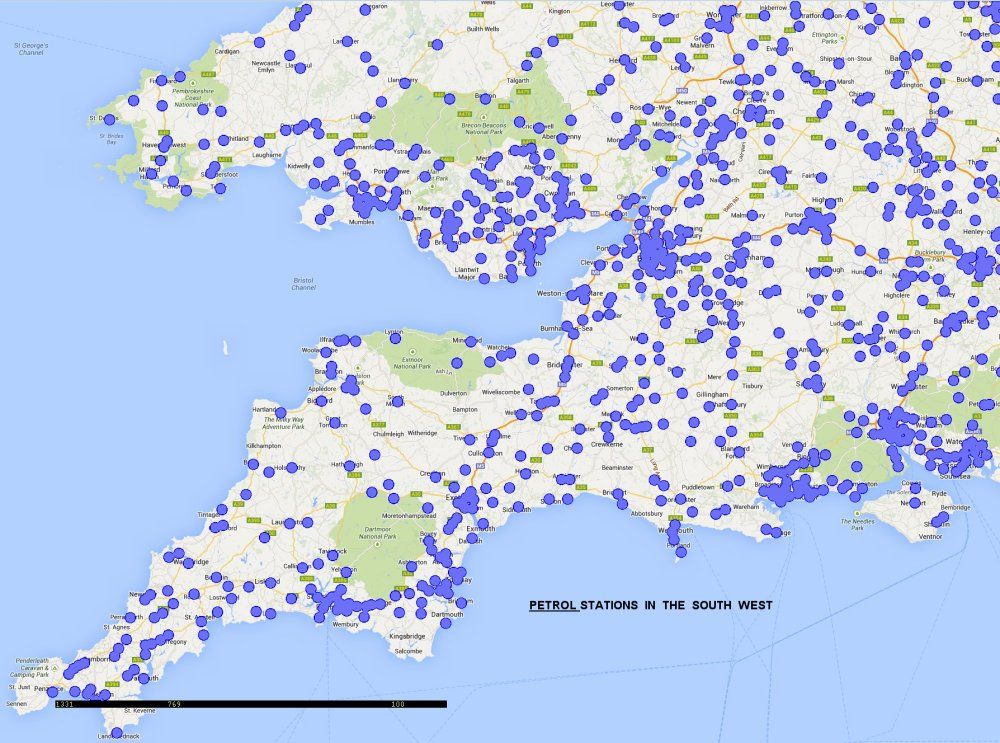So my sales adviser has said the following:
Now because of delays/uncertainty on CHAdeMO I am adding dual chargers to my order, at which point 7kW charging at home with the chargemaster point just feels a bit... underpowered if the car can do three times that!
Yes, though 7kW should be enough for overnight charging; for me the main justification for dual chargers was charging away from home (Ecotricity charge points - as you say, largely obsoleted once CHAdeMO is available), though there are those odd occasions where I've been driving during the day then come home and want to head off with the family on (eg.) a friday night.
I've currently given up on more than 7kW at home, but I'm thinking about getting a 3-phase EVSE installed somewhere nearby (I have a mate with 3-phase in his industrial unit, or my parents have a flat where the landlord's supply is 3-phase and we control the management company).
3 phase is uneconomical at my house, but upgrading from 100A to 200A single phase supply is not (the cable coming into our house is hugely oversized; they will basically just need to switch the fuse and do some paperwork).
Is there something unusual about your installation? I didn't think that 200A single phase was generally available (other than by using only one phase out of a 3-phase feed), but I'm happy to learn if I'm wrong!
So that leaves me with the interesting prospect of building a high current single phase EVSE for home. The car supports 80A single phase charging according to tesla's specs page. But the Type 2 connector only supports 63A per phase. So how am I supposed to get 80A into the car? Or is 63A actually the practical limit? And in turn will the "free" TeIsla Type 2 cable support 63A single phase charging? I bet it will only be rated for 32A per phase...
My understanding (particularly from reading the threads on here from Norway) is that the car won't make use of a 63A single phase supply wired as per IEC 62196 (ie. using the highest-rated connectors and feeding only the L1 pin with 63A of single phase) - it will only charge at 32A from such a supply, since internally it is three (or 6) separate chargers, wired one (or 2) per phase.
People in Norway have been using a standard 3-phase 32A EVSE, simply wiring the single phase supply to all three phase inputs of the EVSE in parallel (and thus feeding the same single phase to all 3 of the pins on the connector at the car). Since this is a non-standard configuration, there's the question of what to put on the pilot pin; logically, you should be setting the pilot for 32A (which means 32A from each of the 3 phases in a 3-phase setup). I was told that the Model S interprets the pilot differently when it detects that the three phase inputs are the same and so you need to set the pilot for 80A - but I am not sure I believe this, it may have been a misunderstanding.
Last edited:



